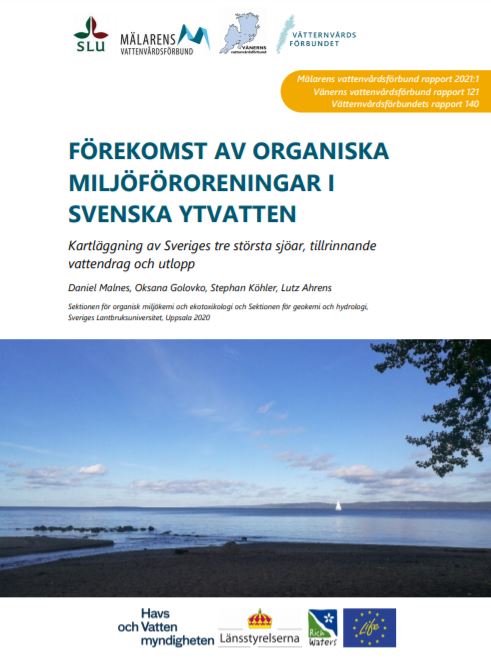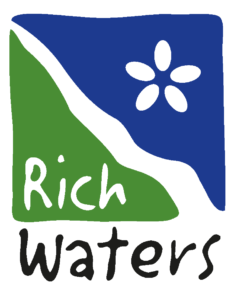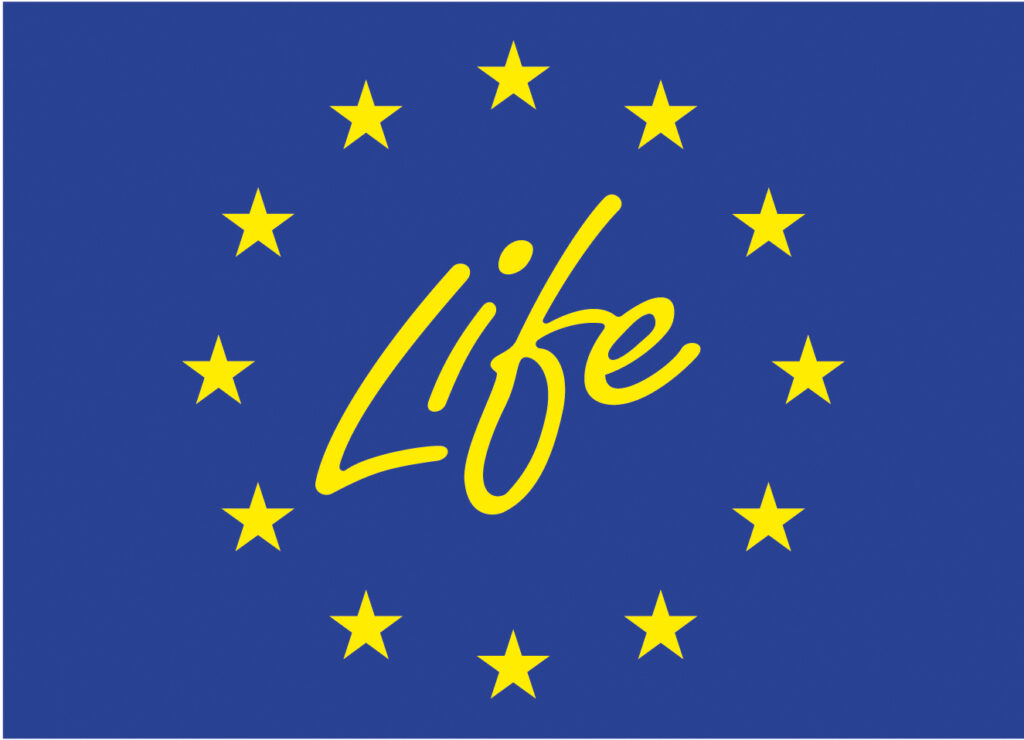Report financed within action C18

Popular Science Summary
More than 100 chemical substances have been analyzed in drinking water treatment plants, wastewater treatment plants (WWTPs), in the Swedish lakes Vänern, Vättern, and Mälaren, and in rivers surrounding the lakes. Around 70 of the investigated substances can be classified as pharmaceuticals.
Many of the investigated chemical substances are important to study because of various reasons; pharmaceuticals have been produced to have a biological effect at low doses, and if they end up in the aquatic environment it is difficult to entirely predict which effects it could have; per- and polyfluorinated alkyl substances (PFASs) have been shown to be persistent, some of which have effects at low concentrations in humans; endocrine disruptive compounds (EDCs), such as hormones, can affect water-living organisms.
WWTPs have been pointed out as an important source for the spread of the chemical substances to the environment. Presently, WWTPs are not entirely equipped to handle these substances, and the water from WWTPs flows into rivers, which often lead to lakes. 24 different WWTPs contributed with samples in this study.
In the studied rivers, numerous substances were detected in every sample: nicotine, tris(2-butoxylethyl) phosphate, caffeine, tributyl citrate acetate, desvenlafaxine, carbamazepine, and DEET. 53 different substances were detected in over half of the investigated rivers. Similarly for the lakes, where the following substances were detected in every sample: caffeine, tributyl citrate acetate, desvenlafaxine, carbamazepine, DEET, metoprolol, triisopropanolamine, lamotrigine, bicalutamide and PFOA. In total, 25 different substances were detected in more than half of the samples from the lakes.
Raw water for Swedish drinking water treatment plants (DWTPs) is mainly taken from lakes. In the present study, it was demonstrated that a few of the studied chemical substances were detected in trace concentrations in the DWTPs. The concentrations of the individual substances ranged from hundreds of micrograms per liter in the WWTPs to below nanogram per liter in the DWTPs. The Water Framework Directive has established limit values for certain substances for assessment of water bodies’ chemical status. It was discovered that PFOS – a PFAS – exceeded the limit value at several locations and relatively often. In the lakes, it was found that the substance 17-β-estradiol – a hormone – also exceeded its limit value for numerous locations and relatively often. The hormone 17-α-ethinylestradiol could not be assessed.


